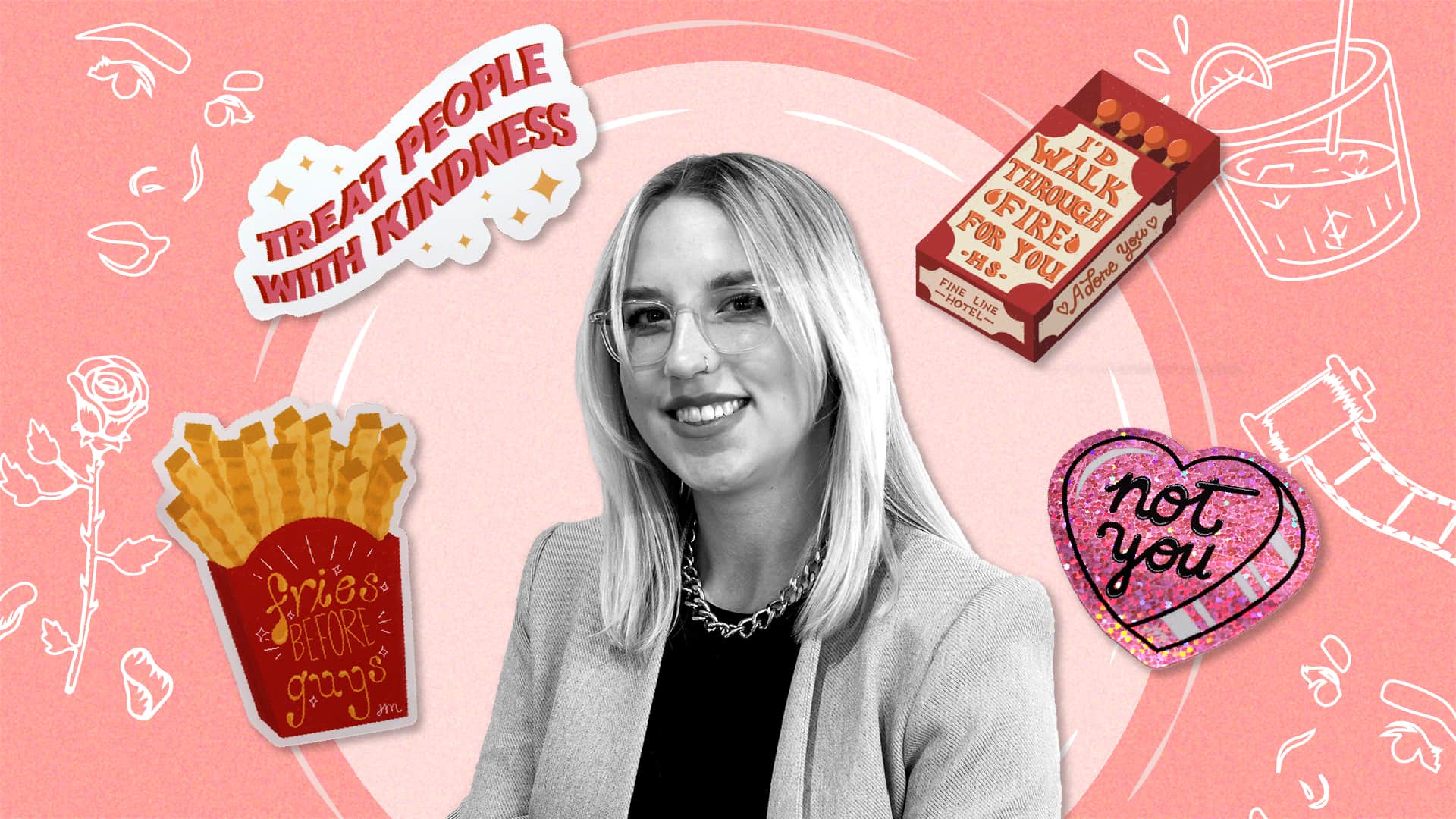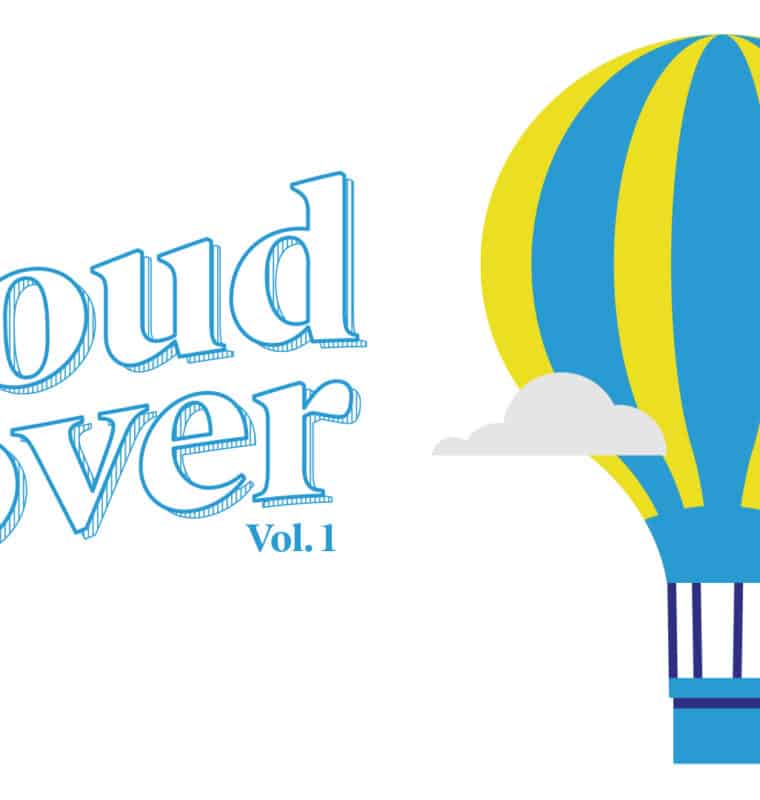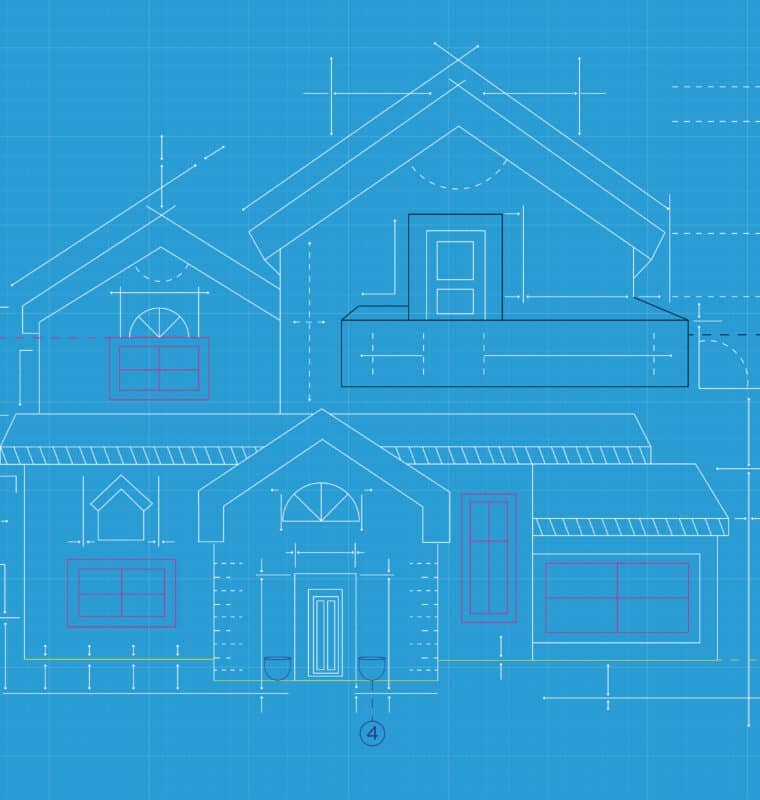
Image by Brandon Conboy
Before Julianne Medenblik, one of 2A’s newest designers, found herself jazzing up eBooks and PowerPoint presentations that would keep anyone’s attention, she was memorizing monologues.
Starting out as an acting major in Chicago, Julianne eventually became disenchanted with the stage when auditions became draining and long-term career options seemed too few.
To find her path forward, she decided to return to her roots: she moved back home to Michigan and started taking art classes such as drawing and photography, something she remembered enjoying in high school.
“I call it the year of finding myself as an adult,” Julianne recalled.
Rediscovering her passion for creating art, and inspired by friends who had pursued graphic design, Julianne enrolled in graphic design school. “It felt like where I was supposed to be all along,” she said.
She did the intern thing, designing marketing materials, social media posts, and infographics for a small web development company–until they hired her full-time and she found herself frying bigger fish like designing entire apps and websites. From there, the pandemic landed her in a contractor role for a package design firm, where she tackled projects for big names like Mr. Coffee and Sunbeam. (Work perk: she got to see her stuff come to life on store shelves across the country.)
“While that experience was more corporate than my previous work, I learned a lot about the legal side of design—for example, did you know that any product sold in Canada is required to have both French and English on the packaging? And the font for each language must be the exact same size?” (No, we didn’t know that Julianne, but we will be using it to fill the void of small talk silences at some point!)
Julianne was crafting designs for a real estate company when she stumbled on a 2A job post, and the rest is history. These days she’s thinking of ways to add visual dazzle to our storytellers’ words, whether it’s for an animation or a product one-pager.
As a remote worker, her only home office companion is Louis, her Pomeranian. When she’s not impressing 2A clients, she is ingesting all things pop culture, listening to Taylor Swift and Lady Gaga, playing Animal Crossing, or indulging in “awful reality TV dating shows.” And the more she delves into design, the more she realizes that her penchant for mystery novels has boosted her creative process at work.
“Those books are about finding a solution, putting information together until it fits,” she said. “Sometimes, thinking about how to select visuals that make sense, and have them work together in one space, is like being the Nancy Drew of graphic design.”
Oh, and if you like stickers, check out Julianne’s designs on her Etsy shop. If you’re not a sticker hound, you can also peruse her portfolio.




















